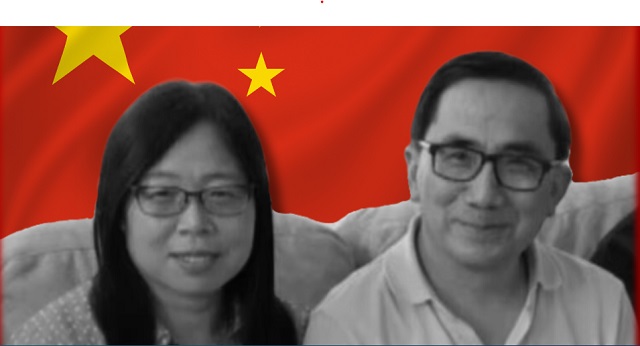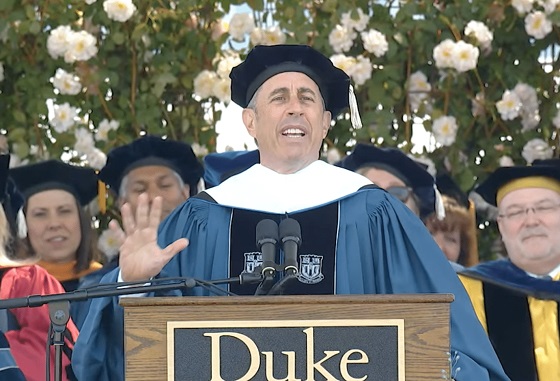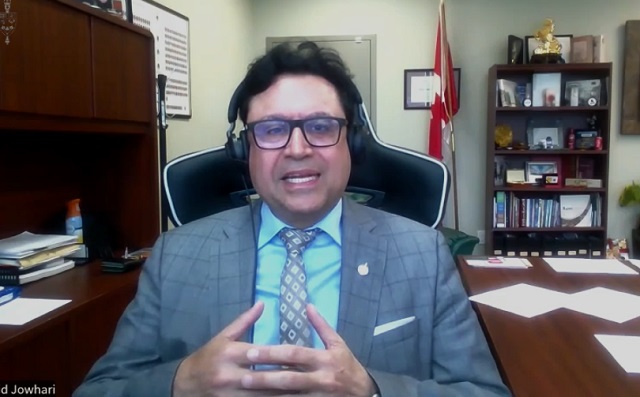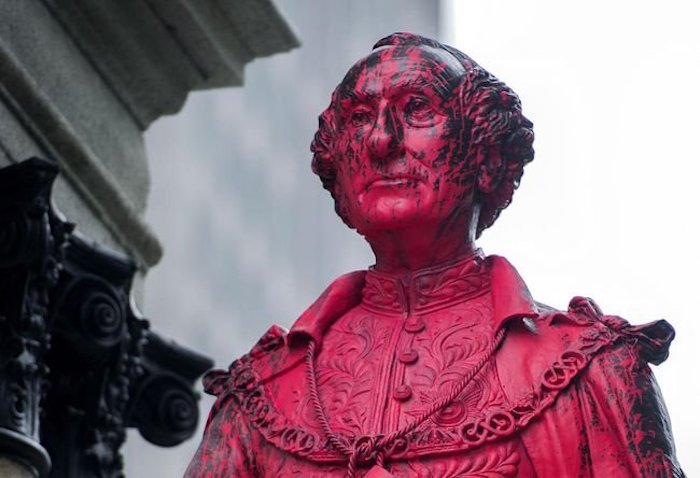Sports
Canadian Bianca Andreescu falls to Julia Goerges in ASB Classic final
AUCKLAND, New Zealand — Canadian teenager Bianca Andreescu came up one set short in an attempt at her first WTA Tour title.
Julia Goerges of Germany beat the 18-year-old Andreescu 2-6, 7-5, 6-1 on Sunday to win the ASB Classic for the second year in a row.
The match started well for Andreescu, who took the first set in only 30 minutes, unsettling the second-seeded Goerges with the same aggressive return game and mix of strokes which had derailed her earlier opponents.
But the tide changed late in the second set as Goerges began to put more first serves in play and gain more depth with her ground strokes, forcing the Mississauga, Ont., native onto the defensive.
Georges clinched the second set in 45 minutes with a pivotal break in the 11th game, then took the deciding third set in only 23 minutes as Andreescu tired in her eighth match at the tournament. She broke Andreescu in the first, fifth and seventh games to clinch her seventh WTA Tour singles title.
“This meant a lot,” Goerges said. “I don’t know what to say right now because Bianca gave me a hard time today. She played some terrific tennis, different from a lot of players on the tour and I’m sure we’re going to hear a lot more of her.”
Andreescu, who entered No. 152 in world rankings and had to go through qualifying just to get in, put together some spectacular upsets on her way to the final in the tune-up event for the Australian Open.
Prior to falling to world No. 14 Goerges, she knocked out former world No. 1 Caroline Wozniacki of Denmark and American Venus Williams, then cruised past 28th-ranked Hsieh Su-Wei of Taiwan in the semifinals. Wozniacki is currently the world No. 3 and the reigning Australian Open champion.
Goerges ousted Eugenie Bouchard of Westmount, Que., earlier in the week on her way back to the championship match. Andreescu, meanwhile, won seven straight matches including three qualifiers just to face the 30-year-old German in the final.
Earlier in the day, Bouchard captured her first career doubles title alongside American partner Sofia Kenin.
The duo beat Taylor Townsend and Paige Mary Hourigan 1-6, 6-1, 10-7 in the women’s championship match.
The US$250,000 WTA Tour event is a warmup for the first Grand Slam of the season.
— with files from The Associated Press
The Canadian Press
Bruce Dowbiggin
Lather, Rinse, Repeat: Recycling Coaches In The NHL
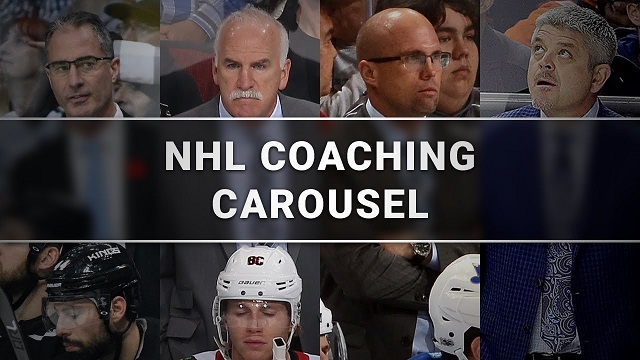
“The world will ask you who you are, and if you do not know, the world will tell you.” Carl Jung
As long as you’re willing to re-locate frequently the job of NHL head coach has a fair degree of job security. Even when you get fired it seems there’s a ready appetite in some other town for a skill set you have just failed at.
Latest evidence that failure has an I and U in it: Having canned Sheldon Keefe after a lengthy (note: sarcasm) five years at the helm of the Toronto Maple Leafs, club management scoured the bushes to find former player Craig “Chief” Berube, who has previously hung his coaching shingle in Philadelphia and St. Louis, where he won a Stanley Cup as an interim coach.

Chief wasn’t the glamour name (we were praying for Bruce Boudreau.). If the idea is how do the Leafs motivate their four mega-millionaires, he’s more like Mike Babcock than Sheldon Keefe. He won’t look at players’ cell phones, but he will give them that old-time religion. Knowing Chief from his Calgary days we’d say he can probably take the Toronto fishbowl.
(For those with long Leafs’ memories Berube was part of a famous trade in 1992 to which we devote an entire chapter in our new book Deal With It. He went west to Calgary while Doug Gilmour headed east to Toronto in the massive 10-man trade. While the Leafs “won” the trade, only the maligned Gary Leeman and journeyman Jamie Macoun won Cups– for teams other than Calgary and Toronto.)

But we digress. Sometimes it seems that NHL teams would rather lose with a known commodity than win with someone bold and unconventional behind the bench. While almost 30 percent of NHL players are European there have only been two European heads coaches, none in the past 20 years. Why? NHL owners are risk averse. And the league is a fraternity of forgiveness for guys you played junior with.
A brief ramble through the 2023-24 coaching roster shows several peripatetic bench bosses, led by the inimitable John Tortarella, who wore out his welcome in Vancouver, Tampa Bay, NY Rangers and Columbus before Philly curiously decided he had something left to offer. Let’s also not forget Lindy Ruff, who was pink slipped in Buffalo, Dallas, New Jersey and the NY Rangers— and now has been resurrected in Buffalo as a “fresh voice”.
Some retreads are getting results. Peter Laviolette has the Rangers into the third-round of the 2024 postseason, after gigs in Carolina, Philadelphia, Nashville, Washington (pause for breath) and the NY Islanders. Paul Maurice, currently guiding Florida in the playoffs, has had two stints with Carolina, plus Toronto and Winnipeg. Peter DeBoer, whose Dallas Stars are odd-on faves to with the 2024 Cup, has also coached Florida, San Jose, New Jersey and Vegas.
You want more? Rick Tocchet was head coach in Arizona and Tampa Bay before getting the perch in Vancouver. Travis Green, newly hired in Ottawa, has previously been found wanting in Vancouver and New Jersey. We could go on.

The king of the coach-for-life carousel is the just-retired Rick Bowness who finally called it a day in Winnipeg after the Jets were eliminated this spring. How long has Bones been knocking around? He was the coach of the expansion Ottawa Senators in 1992, one the worst five teams ever by NHL standards. Wonderful man who also spent stints as an assistant in cities in 30-plus years around the continent.
There are more. Sitting in the green room, polishing their pregame speeches are the well- travelled Boudreau, Dallas Eakins, Gerard Gallant, Todd McLellan, Claude Julien and Mike Yeo. Heaven forbid someone might still ask one of the Sutters to saddle up again. Brian (St. Louis, Chicago, Boston, Calgary), Darryl (Calgary, L.A., Anaheim, San Jose and Calgary again) and Brent (Calgary, New Jersey) have been perennial NHL coaching prospects for decades.

So take, heart, Sheldon Keefe. Joining Keefe in looking for a rebound job are Scott Arniel, Jeff Blashill, Jeremy Colliton, Kevin Dineen, Phil Housley, Kirk Muller, Davis Payne, Todd Reirden, Joe Sacco, Brad Shaw, Geoff Ward and Trent Yawney. Good company.
Don’t cry too hard for these coaching candidates. Unless they have years left on contract (Keefe has two) most wait out the time between head-coaching stints by accepting assistant-coach positions. The ranks of assistants contain a second tier of talent, also ready to go at a moment’s notice.
There are a scant few who’ve hung on in one town. Jon Cooper has been in Tampa since 2013, a Methuselah stint in today’s terms. Rod Brind’Amour has managed to avoid the chop in Carolina since 2018. But the reality is that, since the start off the 2023-24 season alone, there have been 13 head-coaching changes in the NHL. Go back to January of 2023, and 19 of the league’s 32 teams have changed coaches.
Which brings us back to the original idea: “Is there no one in international hockey who knows anything?” We won’t profess to be coaching talent scouts, but the idea that no one working outside North America can meet the job description better than some— if not most—of the coaches mentioned above beggars the imagination.
One final note: If you’re looking for an explanation of the coaching carousel and its recent frequency, look no further than Gary Bettman and his salary cap obsession. By forcing a hard cap on teams he’s concentrated the money— and the power— on a few players per team. When a coach is pitted against his stars it’s a no-win proposition.
The Leafs stars used their power to get Babcock fired. And it’s been repeated on other teams. While Keefe didn’t lose his Core Four he also couldn’t get them to win in the postseason. For that he got the chop— and a premium place in the next coaching carousel.
Bruce Dowbiggin @dowbboy is the publisher of Not The Public Broadcaster A two-time winner of the Gemini Award as Canada’s top television sports broadcaster, he’s a regular contributor to Sirius XM Canada Talks Ch. 167. Now for pre-order, new from the team of Evan & Bruce Dowbiggin— Deal With It: The Trades That Stunned The NHL & Changed Hockey. From Espo to Boston in 1967 to Gretz in L.A. in 1988 to Patrick Roy leaving Montreal in 1995, the stories behind the story. Launching in paperback and Kindle on #Amazon this week. Destined to be a hockey best seller. https://www.amazon.ca/Deal-Trades-Stunned-Changed-Hockey-ebook/dp/B0D236NB35/
Bruce Dowbiggin
Why Do The Same Few Always Get The Best Sports Scoops?

The Toronto Maple Leafs made the “what colour is that green light?” decision to fire their head coach Sheldon Keefe last week. The removal of Keefe after five years followed a dispiriting first-round playoff series loss to a very ordinary Boston Bruins team. Coaching may or may not have been the root cause of that loss. (Keefe himself admitted “teams are waiting for the Leafs to beat themselves”.)
The real reason for the firing is 1967, and we don’t think we need add more than that.
In essence, the management of MLSE— the owner of the Maple Leafs and a lot of other sports stuff in Toronto— needed to throw a body to the baying hounds of disappointment. Also known as Leafs Nation. Newly minted CEO Keith Pelley, fresh from the PGA Tour/ LIV psychodrama, was certainly not going to pay the price.
Nor was GM Brad Treliving who has only been on the job for two seasons. The key decisions on Toronto’s lopsided salary cap were decided long before Treliving occupied his desk. That left two people in vulnerable positions. 1) Maple Leafs president Brendan Shanahan, who has been drawing an MLSE cheque for a decade. 2) Keefe.
When was the last time you saw a coach fire a team president? Precisely. Keefe joins the list of (briefly) unemployed coaches who circulate in the NHL like McKinsey consultants. Shanahan gets a lukewarm mulligan from Pelley. But after the failure of the Kyle Dubas experiment— “who needs experience?”— and now just a single playoff series win in a decade Shanny’s best-before date has arrived.

Toronto Maple Leafs president Brendan Shanahan attends a news conference in Toronto on April 14, 2014. Toronto Maple Leafs president Brendan Shanahan said Peter Horachek will remain the team’s interim head coach until the end of the season. Shanahan met the media Friday for the first time since coach Randy Carlyle was fired on Tuesday. THE CANADIAN PRESS/Chris Young
Depending on who he and Treliving enlist to coach— remember, Mike Babcock was too tough and Keefe was probably too player friendly— it had better produce instant results. Because Shanny, the pride of Mimico, is out of chances. The coach choice will also be affected by whichever player or players that management decides are superfluous to ending the Leafs’ ridiculous run of misery.
The Leafs brass’ press conference last Thursday did little to shed light on what happens after Keefe’s expulsion. Just a lot of MBA determinism on a bed of baffle gab. A crabby Steve Simmons question/rant briefly threatened the harmony of the moment, but order was restored. And the media bitching switched from the press box to social media and podcasts.
Speaking of the fourth estate, the other unmentioned aspect of this story— indeed every story in the NHL these days— is just how it was revealed to the public. When people sipped their morning Tim’s or Starbucks the (almost) coincident bulletins came down the social media pike about Keefe’s dismissal.
Predictably, Chris Johnston of Sportsnet and Daren Dreger of TSN announced the breaking news within heart beats of each other. While there had been speculation on Keefe’s fate for days, the announcement coming from the networks duo confirmed the story in the minds of the industry. That allowed everyone else drawing a cheque as a hockey journalist to pile in and swarm the dead body.
In today’s sports journalism, where social media has replaced newspapers, scoops are governed by a protocol. There are the heralds— in the NHL it’s currently Johnston and Dreger— and then there are the disseminators. The days of a rabble of reporters all scrambling to get a story bigger than who-will-play-in-tonight’s-game are gone. Today, it’s a very narrow funnel for scoops.
It’s the same in the NFL where Ian Rappaport (NFL Network) and Adam Schefter (ESPN) monopolize the tasty scoops on behalf of their employers, who also happen to be NFL rights holders. In the NBA, Brian Windhorst (ESPN) has the inside rail when it comes to the LeBron James/ Steph Curry scoops. In MLB… it’s probably Ken Rosenthal (The Athletic) but no one cares about baseball anymore, do they?
The leagues like it this way, doling out stories to guys they can trust. None of this is criticism of Johnston or Dreger, who have deftly maneuvered themselves into the coveted “from their lips to your ears” spots. From our own experience we can remember the exhilaration of having the best source or sources on the really big stories. Like Johnston/ Dreger, we worked hard for a long time to develop those sources and only very reluctantly let anyone else horn in on our stories.
It was also our observation that this order of things journalistic suited a lot of reporters who either couldn’t get good sources or didn’t want the stress of being first on stuff. It was enough that, like the Keefe story, they’d get the goods eventually and most fans would not care who was first. So long as you had a take. So be it.
Some resentful types took potshots at our work if it upset their pals in the dressing room or the management suite. On the Stephen Ames/ Tiger Woods story in 2001, we had the late Pat Marsden tell us on air that we’d done a great job on Ames’ criticisms of Tiger. Only to hear him lambaste us— again on FAN 590— only minutes later as we listened driving home from the studio. But we digress.
Many reporters are complacent in playing the game, so long as their bosses didn’t enquire why they are getting scooped all the time by the same few rivals. With the death of daily newspapers that doesn’t happen much any longer. (Many editors today may only see stories when publication brings a libel notice.) For them a salty take is good enough.
The scoop business is also affected by the multiple roles now demanded of sports media types. In addition to their “day job” on a beat they also have to supply digital content and talk-back hits to the Mother Ship. Most also are feeding a weekly podcast, dictating time on air rather than time working the phone. There are only so many hours in a day to chase a story.
Better to play the Breaking News waiting game.
Bruce Dowbiggin @dowbboy is the publisher of Not The Public Broadcaster A two-time winner of the Gemini Award as Canada’s top television sports broadcaster, he’s a regular contributor to Sirius XM Canada Talks Ch. 167. Now for pre-order, new from the team of Evan & Bruce Dowbiggin . Deal With It: The Trades That Stunned The NHL & Changed Hockey. From Espo to Boston in 1967 to Gretz in L.A. in 1988 to Patrick Roy leaving Montreal in 1995, the stories behind the story. Launching in paperback and Kindle on #Amazon this week. Destined to be a hockey best seller. https://www.amazon.ca/Deal-Trades-Stunned-Changed-Hockey-ebook/dp/B0D236NB35/
-

 Censorship Industrial Complex1 day ago
Censorship Industrial Complex1 day agoAustralia passes digital ID bill, raising fears of government surveillance without accountability
-

 Bruce Dowbiggin23 hours ago
Bruce Dowbiggin23 hours agoLather, Rinse, Repeat: Recycling Coaches In The NHL
-

 Automotive15 hours ago
Automotive15 hours agoThe EV battery ‘catch-22’
-
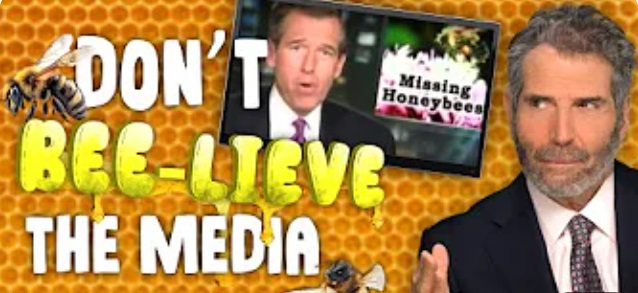
 Food13 hours ago
Food13 hours agoThe Bee-pocalypse: Another Scare Story the Media Got Wrong
-

 Brownstone Institute2 days ago
Brownstone Institute2 days agoEnough With These Dangerous Calculations
-
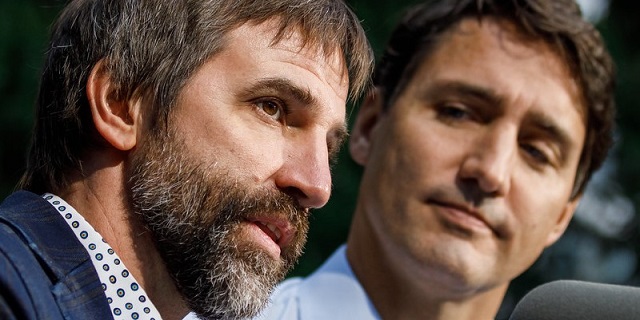
 Alberta12 hours ago
Alberta12 hours agoFree Alberta Strategy petition demanding PM Trudeau fire Steven Guilbeault passes 13,000 signatures
-
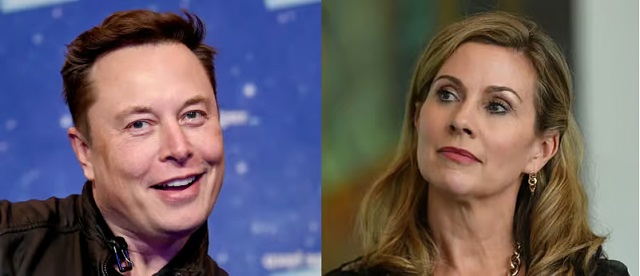
 Brownstone Institute2 days ago
Brownstone Institute2 days agoMusk Wins Latest Censorship Battle in Australia
-
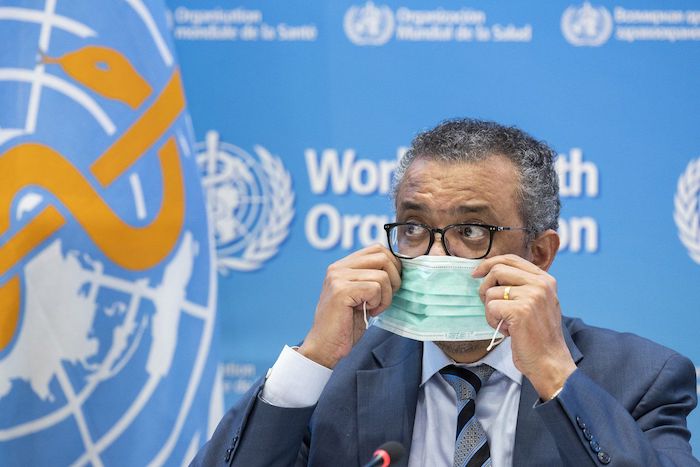
 Brownstone Institute1 day ago
Brownstone Institute1 day agoWHO Accords Warrant Sovereignty Concern

